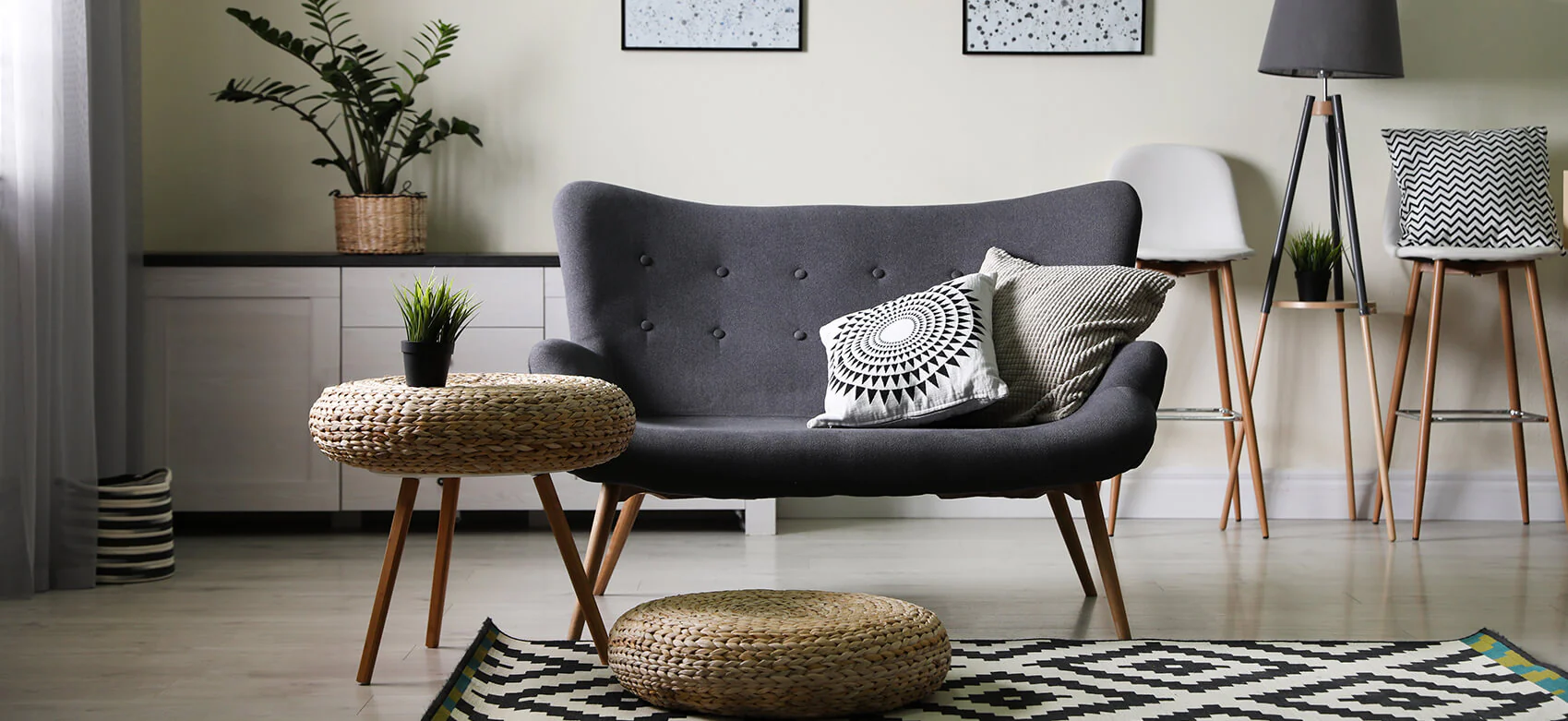I’ve been in business long enough to know that the things we invest in say a lot about our priorities. It’s the same with building a home or even structuring a company. People always ask—what truly makes life feel “complete”? Is it the furniture that fills our living space, or the rings that symbolize our most important commitments? In my experience, the answer isn’t one or the other—it’s how both tie into meaning, longevity, and practicality. Let me break it down through a lens of real-world lessons, not theory.
The Role of Furniture in Daily Living
Every home I’ve seen transformed starts with functional, well-placed furniture. It’s not just filling rooms—it’s about shaping how we interact with the space. I once worked on a project where the client saved on furniture, and productivity suffered because people just didn’t want to stay in that environment. The takeaway? Furniture defines experience. A dining table brings families together just as much as a boardroom table drives team collaboration. That’s why pieces like Outdoor Patio Furniture matter—they extend the usefulness of a home, offering both comfort and utility.
Why Rings Carry Emotional Value
Furniture impacts function, but rings symbolize commitment. In over 15 years working with executives and clients, I’ve noticed that what people wear tells as much of their story as the house they live in. Rings, especially Men Wedding Rings, are tied to identity and vows. I once worked with a CEO who said his wedding ring reminded him daily of what matters most, even during financial downturns when everything else felt uncertain. A ring’s role goes beyond aesthetics—it’s about resilience built on personal meaning.
Longevity: Measuring What Lasts
I’ve seen businesses make the mistake of overspending on things that don’t last. The same lesson applies to homes. Furniture wears out—sometimes in 5 to 10 years—but rings endure lifetimes. That doesn’t mean one is “better” than the other. It means furniture handles utility, while rings handle legacy. When my team downsized offices in 2020, we invested in ergonomic furniture knowing we’d replace it in a decade, while the founder’s ring still carried symbolic leadership power, untouched by time.
Furniture as a Marker of Lifestyle
Furniture tells a story about lifestyle choices. In one consulting project, I analyzed why a housing development wasn’t selling well. The problem wasn’t the architecture—it was poorly furnished staging. The reality is people picture their lives through furniture. Similarly, in homes, well-chosen items showcase not just taste but intention. When you invest in furniture, you invest in the daily systems and routines that shape your family’s rhythm.
Rings as Social Signals
Rings may be small, but in business and personal circles, I’ve seen them communicate more than words. A wedding band signals stability, maturity, and reliability. Investors, colleagues, and even clients often read subtle cues like this during encounters. I remember one negotiation where the client instantly respected a partner who spoke of his 25-year marriage—anchored by that simple band. Furniture speaks to lifestyle, but rings speak to credibility.
Cost vs. Value: Different Equations
One classic mistake leaders make is confusing cost with value. It’s true for business, and it’s true at home. Furniture is costly because of material, design, and logistics. Rings are valuable because of meaning, durability, and emotional weight. In consulting, I always remind clients: price tags don’t determine worth—impact does. A $2,000 sofa might be forgotten in a decade; a $500 wedding ring could carry generational meaning.
Personal Identity at Stake
I’ve seen how homes reflect personal identity, but nothing defines it more subtly than jewelry. Furniture contributes to convenience and external perception, yes, but rings carry personal identity markers. Think of it as branding for people. Just as a company logo defines recognition, a ring becomes shorthand for someone’s life and priorities. Without that, a house may feel furnished but incomplete emotionally.
The Balance of Function and Symbolism
Here’s the nuance: furniture and rings aren’t competing—they’re complementary. A house without furniture feels empty—no comfort, no usability. A house without rings might look full, but it lacks the symbolic depth of shared commitment. In business terms, one is infrastructure, and the other is culture. Ignore either, and the whole system feels unstable.
Conclusion
From my experience, asking “Which makes a house complete: furniture or rings?” forces you to think about both function and meaning. Furniture defines your daily life and habits, while rings anchor the commitments that give life significance. In truth, completeness comes from the balance. It’s not about choosing one, but about understanding that homes, like businesses, thrive when infrastructure and values align.
FAQs
What role does furniture play in making a home complete?
Furniture shapes daily comfort, interaction, and lifestyle. It sets the tone of living spaces and makes a house functional.
Why are rings considered important in a house?
Rings symbolize relationships and commitments. They provide emotional meaning that transcends material possessions.
Which lasts longer: furniture or rings?
Furniture typically lasts 5–10 years, while rings can last a lifetime and often become family heirlooms.
Can a house feel complete with only furniture?
A house may be functional with furniture, but without rings or personal symbols, it can feel emotionally incomplete.
How do furniture and rings complement each other?
Furniture delivers function and comfort, while rings provide identity and meaning. Together, they create balance in a complete home.





